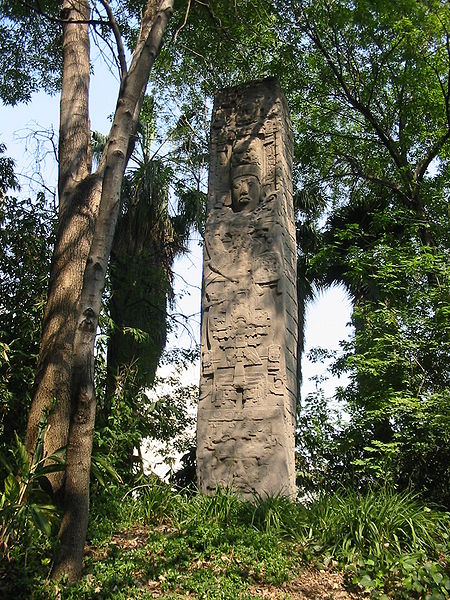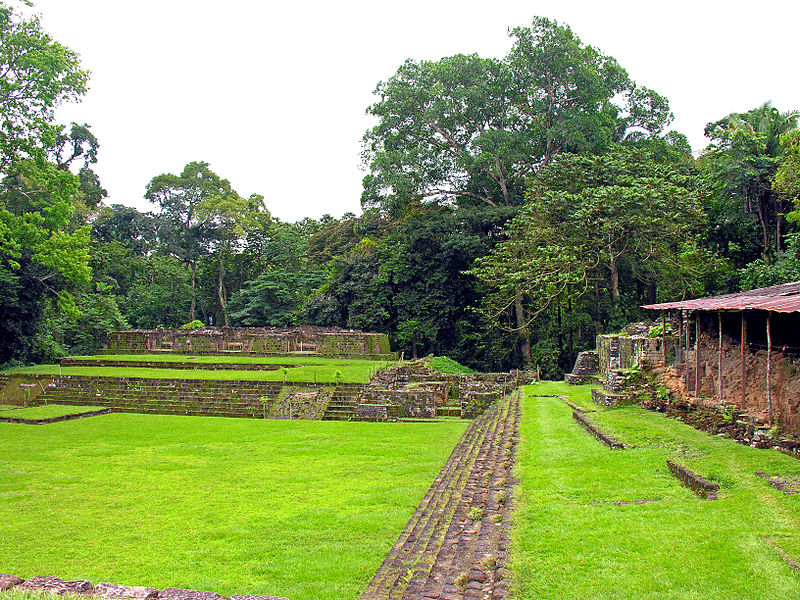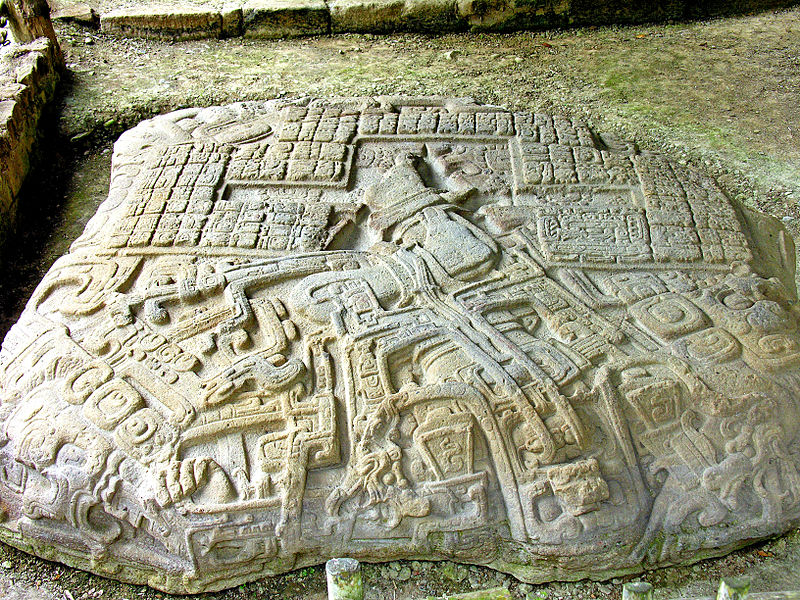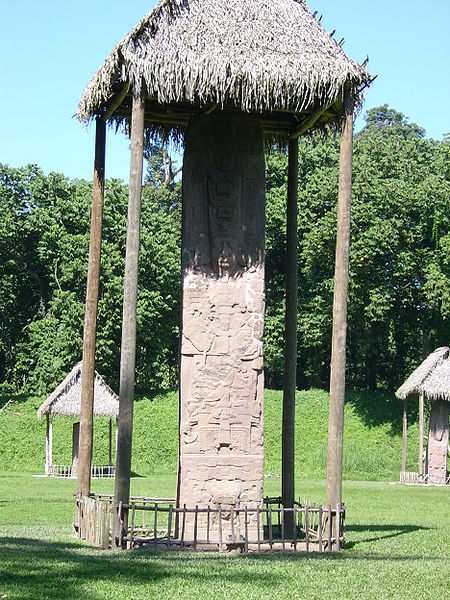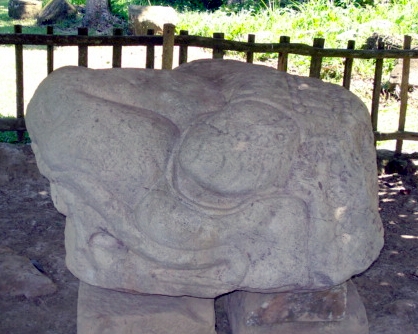Quiriguá
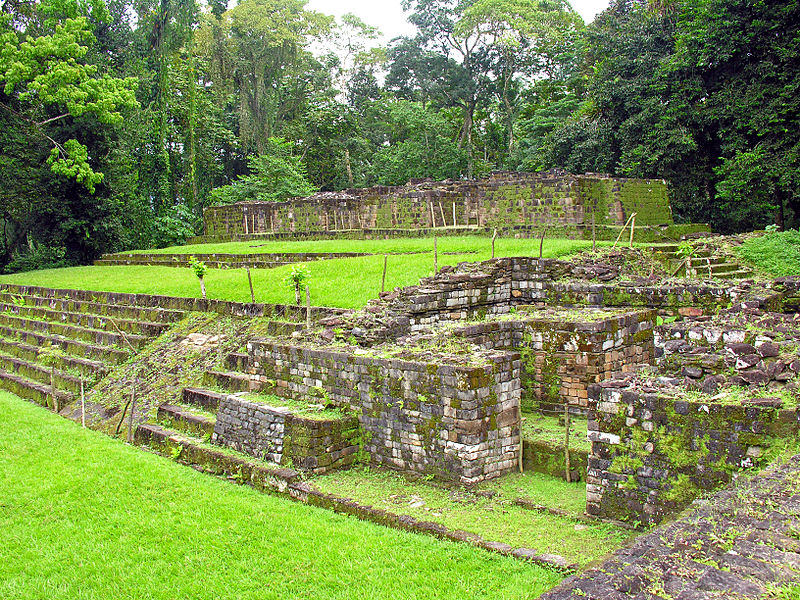
Facts and practical information
Nestled in the lush tropical lowlands of eastern Guatemala, Quiriguá is a captivating archaeological site that offers a unique glimpse into the ancient Maya civilization. Declared a UNESCO World Heritage site in 1981, Quiriguá is renowned for its impressive series of stelae and zoomorphic sculptures.
The site, though smaller than its colossal neighbor Copán, holds its own in historical significance with its well-preserved monuments and intricate carvings that provide scholars with invaluable insights into the Maya culture and its hieroglyphic writing system. The stelae, some of the tallest in the Maya world, are intricately carved with the likenesses of ancient rulers and hieroglyphic texts that recount historical events, including the celebrated 18 Rabbit of Copán.
Quiriguá's most famous stela, Stela E, stands at an imposing 10 meters tall and weighs an estimated 65 tons. It is a testament to the skill and ambition of the Maya stone carvers who, without the use of metal tools, shaped and transported these enormous monuments. The zoomorphic sculptures, named for their animal-like shapes, are equally fascinating, featuring mythological creatures and gods carved in stone, blending animal features with those of human figures.
The site's history is marked by its political and economic significance in the Maya world, particularly under the rule of Cauac Sky, who managed to defeat and capture the ruler of Copán. This victory led to a period of prosperity and artistic flowering, which is reflected in the opulence of Quiriguá's carvings.
Visitors to Quiriguá today can explore the Great Plaza, the Acropolis, and several other structures surrounded by the natural beauty of the Motagua River valley. The site's preservation allows for an evocative journey back in time, where one can contemplate the grandeur of the Maya civilization and its mastery of art and writing.


